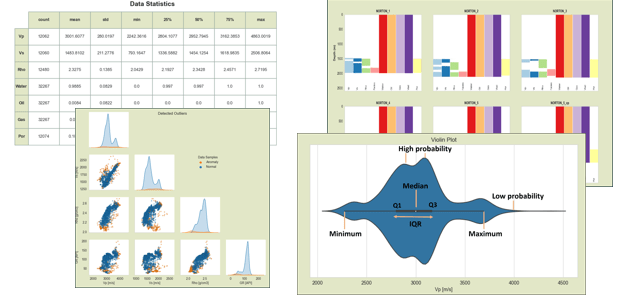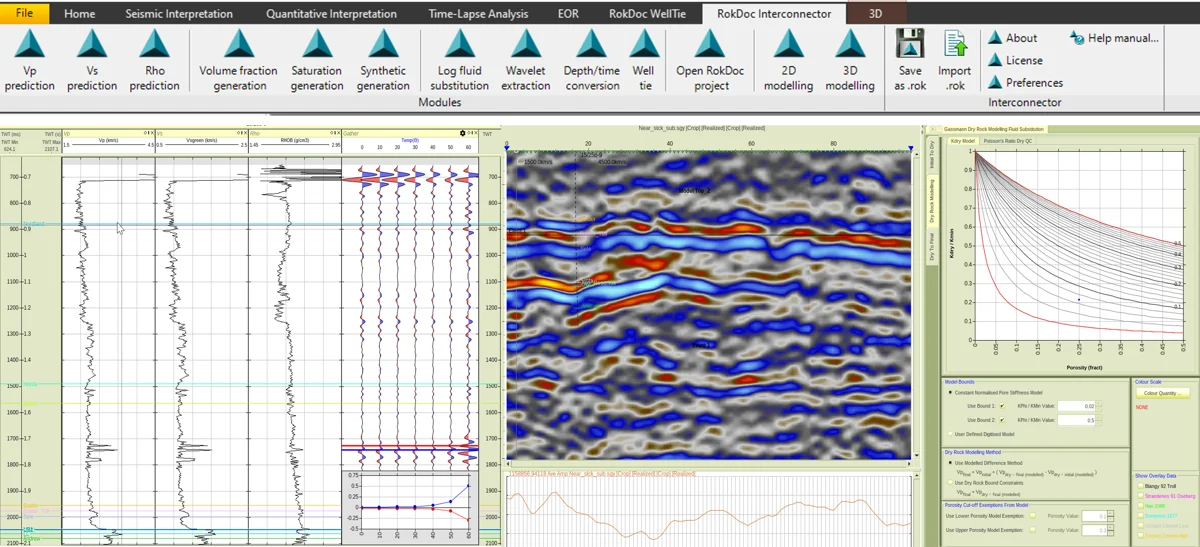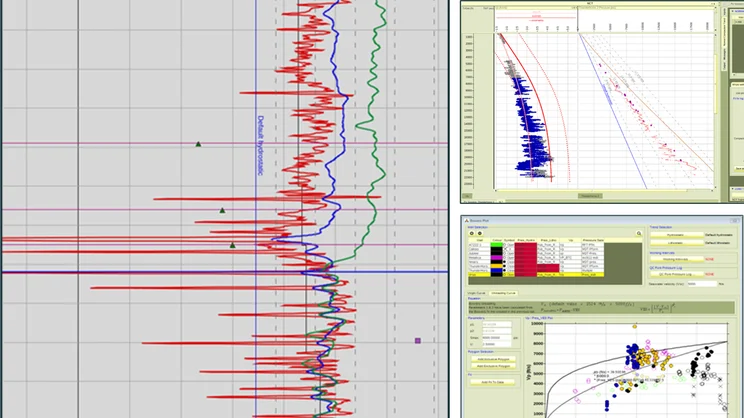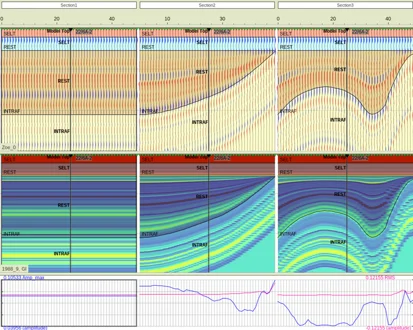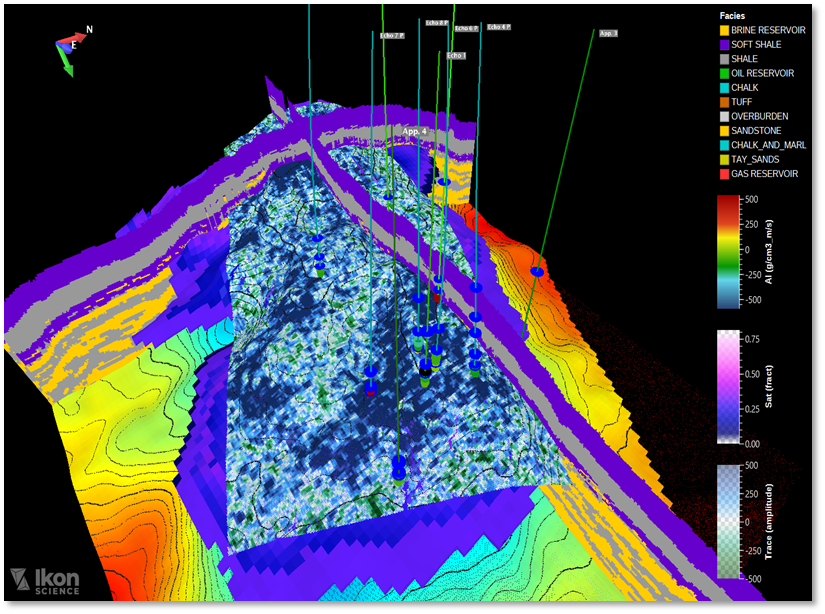
Complete the form below to view the presentation.

In this case study, we aim to extract significant geological insights from a modern high-fold seismic dataset in the north-east Delaware Basin. Our primary focus is on understanding the diverse geology of the Bone Spring and Wolfcamp Formations, which exhibit substantial heterogeneity. To achieve this, we employ a comprehensive database of well data to analyze the variations in elastic properties, which can be attributed to geological factors such as mineralogy, organic content, and the potential onset of over-pressure.
The representation of the geology involves defining five distinct elastic facies: carbonates, calcareous mudstones, siliciclastics, organic-rich shales, and clay-rich shales. By leveraging the well data, we calibrate the seismic amplitudes before conducting a Bayesian pre-stack inversion. This inversion process allows us to estimate the facies and impedances accurately.
The results obtained from the study provide valuable insights into the regional stratigraphic deposition and evolution of the Bone Spring and Wolfcamp Formations. Notably, we are able to map the presence of discontinuous carbonate intervals and identify areas with high total organic carbon (TOC) content. These property volumes serve as a foundational resource for future endeavors, including predictive geological modeling, formation-pressure analysis, and stress modeling. Ultimately, the study’s findings will inform optimal approaches for resource exploitation within the study area.
